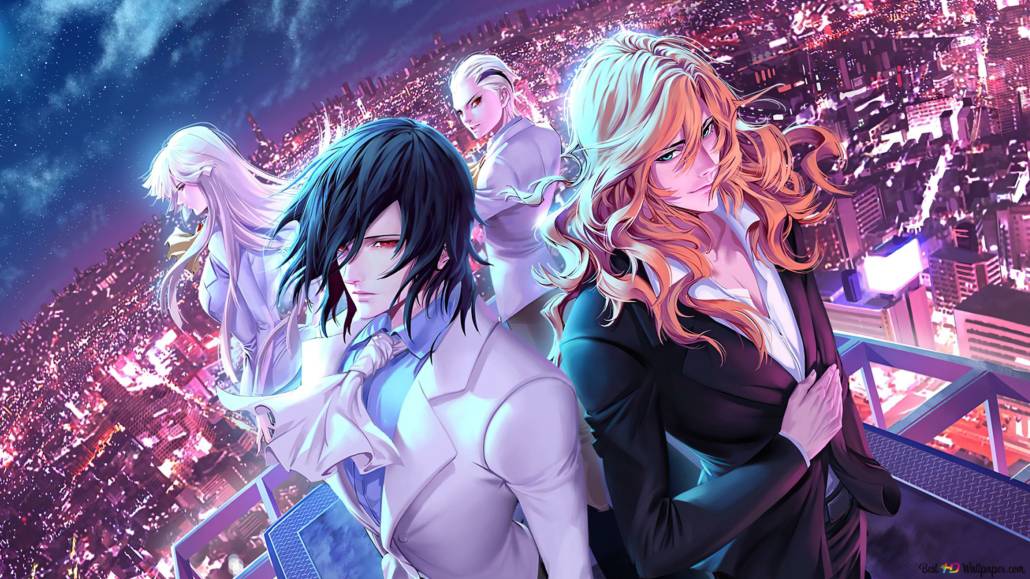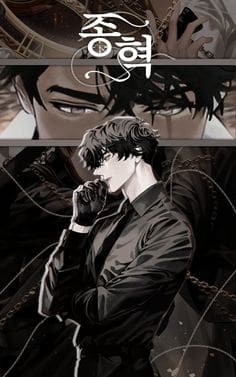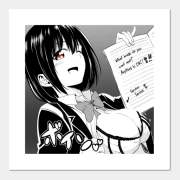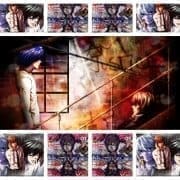What is Manhwa – A Comprehensive Guide
What is Manhwa Explained – A Comprehensive Guide
Manhwa, the Korean term for comics, holds a world teeming with cultural depth, artistic brilliance, and riveting narratives that have captivated readers not only in its native South Korea but also around the globe. Since its inception in the early 20th century, Manhwa has undergone an awe-inspiring journey of evolution, transforming from simplistic drawings and stories into rich, varied genres encompassing themes as diverse as romance, fantasy, and horror. As much as it reflects the Korean society and culture, it also mirrors their creative spirit and imagination, making Manhwa a unique and compelling form of storytelling distinct from its western and eastern counterparts.

History and Evolution of Manhwa
The Origins of Manhwa
Manhwa, which means “impromptu sketches” in the Korean language, originated in South Korea and soon gained immense popularity. The history of Manhwa can be traced back to the early 20th century, during the Japanese colonization of Korea. Early Manhwa was heavily influenced by the political and social changes of the time and often reflected the public sentiment and resistance against Japanese rule.
Post-War Manhwa and Cultural Shifts
Post World War II, Manhwa began to flourish and distinctly reflect Korean society. The 1950-60s saw a rise in children’s Manhwa, the most famous of which was “Soonjeong Manhwa,” a genre focused on romantic stories that mirrored the cultural aspirations post-war. The publishing market for Manhwa expanded during the 1970s and 1980s, with serialized comic magazines gaining traction among readers.
The Modern Age of Manhwa
Manhwa entered a revolutionary phase with the digital era in the late 1990s and early 2000s. As the internet emerged as a powerful tool, Manhwa transitioned into webcomics or ‘webtoons’. These online platforms greatly expanded the reach of Manhwa, both within and outside of Korea, leading to an unprecedented boom. A new generation of artists emerged, taking advantage of the digital medium to push creative boundaries.
Iconic webtoons like “Tower of God,” “Noblesse,” and “The God of High School” gained international recognition and were even adapted into anime, signaling Manhwa’s global presence. Webtoon platforms like LINE Webtoon accelerated this growth, providing a platform for artists to share their work worldwide.
The Cultural Significance of Manhwa
Manhwa holds a significant place in Korean culture – its evolution reflects Korea’s cultural, economic, and political journey. Manhwa is not solely entertainment; it captures the essence of Korean society, documenting its history and changes over the decades.
From being a channel of resistance during the Japanese rule to reflecting societal transformations during the democratization and economic growth era, Manhwa has often been a mirror to Korean society. The modern Manhwa, in its digital avatar as webtoons, continues this tradition, exploring contemporary themes and setting new creative trends.
To sum it up, Manhwa offers an eye-catching amalgamation of art, narration, and socio-cultural commentary. Its essence forms an adaptation of the Korean ethos and it is perpetually evolving to reflect this spirit. Birthed from tumultuous historical and societal events, Manhwa has flourished into a global sensation that transcends cultural boundaries and contributes to a wider understanding and appreciation of comic art.
Major Genres and Themes in Manhwa
Delving Deeper into Manhwa and Its Variety of Genres
The phrase ‘Manhwa’ refers to comics and printed cartoons stemming from South Korea, positioning it to have a significant part in the global comics landscape, equivalent to Japan’s manga and China’s manhua. These comics champion a unique blend of storytelling and artistry, making them stand out from their Western counterparts. The vast array of themes and genres found in Manhwa has led to its widespread recognition and popularity among international comic enthusiasts.
Narrative Style and Artwork
The narrative style in manhwa ranges from straightforward and linear to complex, interwoven storylines. This vast array keeps readers engaged and anticipating what comes next. As for artwork, manhwa artists often showcase large, expressive eyes for their characters and delicate, detailed backgrounds. They also make use of stylistic exaggerations, including distortion of character proportions or expression to intensify the emotion or drama of a scene.
Popular Genres in Manhwa
Among the myriad of genres in manhwa, romance is one of the most common and beloved ones. Whether it’s a light-hearted romantic comedy or a deeply emotional love story, fans enjoy the range of emotions that these manhwa evoke.
Following romantic themes, fantasy-based manhwa is another crowd-favorite. They include various sub-genres such as high fantasy, where the story takes place in a completely imagined world, or low fantasy, where magical events occur in the real world.
Horror is another popular genre in manhwa, thanks to the artistry of Korean artists and their talent in creating chilling artwork and stories that edge on suspense and psychological terror. Horror manhwa encompass a plethora of sub-genres, from supernatural horror featuring ghosts and mythical creatures to psychological horror focusing on mental and emotional states.
Defining the Unique Aspects of Manhwa
Unlike most Western comic styles, Manhwa—South Korea’s unique comic art form—boasts a distinctive narrative style and meticulously detailed artwork. The major point of differentiation lies within its mode of release and consumption. In contrast to Western comics, which typically publish as individual issues and are later consolidated into book form, Manhwa often debuts as webtoons. These digital comics are designed to be vertically scrollable, making them ideal for reading on smartphones.
When it comes to content, Manhwa doesn’t shy away from exploring a broad range of societal issues—often more unabashedly and explicitly than their Western counterparts. These comics are renowned for their complex storylines and emphasis on character development, creating immersive and captivating worlds for readers to delve into.
Influence and Impact of Manhwa Globally
The Global Invasion of Manhwa
Manhwa, the term for South Korean comics or printed cartoons, has taken the world by storm. It began its journey within the confines of Korea during the 20th century, where it took cues from Japanese Manga—an art form with a similar narrative structure. Over the years, however, Manhwa has evolved and matured to showcase a distinctive aesthetic sense, carving out a unique identity that differentiates it from traditional Manga.
Adapting into Different Mediums
One of the key factors contributing to Manhwa’s global success has been its adaptation into different mediums. Just like Manga and Anime, Manhwa too has been transformed into various forms of visual media, thereby attracting a larger audience. For example, popular Manhwa titles like ‘Tower of God’. ‘The God of High School’, and ‘Noblesse’ were adapted into animated series, thereby significantly boosting their appeal and reach.
Furthermore, Korean television dramas have made remarkable strides in the international entertainment industry, with numerous dramas being based on Manhwa series. ‘Cheese in the Trap’, ‘Extraordinary You’, and ‘Love Revolution’ are a few examples of popular Manhwa adaptations for TV dramas. These dramas have received rave reviews and garnered substantial global viewership, thereby facilitating the spread of Manhwa worldwide.
Collaborations and Interactions
The surge in Manhwa’s global popularity has also led to collaborations with foreign artists and writers. These collaborative ventures have allowed the distinct elements of Manhwa to cross borders and be infused with other styles, increasing its popularity and reach. Indeed, Webtoons, a digital comic platform from South Korea, has actively collaborated with many international artists, thereby globalizing Manhwa.
Promoting Korean Culture
Another crucial impact of Manhwa’s global influence is the promotion of Korean culture. Manhwa often reflects aspects of Korean society, lifestyle, traditions, and norms, giving international readers a glimpse into Korean culture. This cultural exchange has, in turn, increased global interest in Korea, leading to a surge in ‘Hallyu’, or the Korean wave, which refers to the worldwide recognition and appreciation of Korean entertainment and culture.
In conclusion
Manhwa, with its unique storytelling and eye-catching aesthetic, has left a significant impression on the international comic scene. Not only does it serve as an entertainment medium, but also as a vehicle for cultural exchange, increasing global awareness and appreciation of Korean culture. Through different mediums and collaborations, its impact and reach continue to grow, marking a bright future for Manhwa globally.

Over the decades, Manhwa has transcended boundaries, instilling its charm and influence far and wide. Its rise to global recognition is not only a testament to its creative prowess but also marks a significant development in how stories are exchanged and cultures are understood across different nations. The dramas and animations based on Manhwa, as well as collaborations with foreign artists and writers, have played a significant role in making Korean culture a fundamental part of the global cultural milieu. As Manhwa continues to evolve and adapt, it is poised to further expand the significance of visual narratives in the world, simultaneously celebrating the diversity and interconnectedness of human creativity and experiences.










